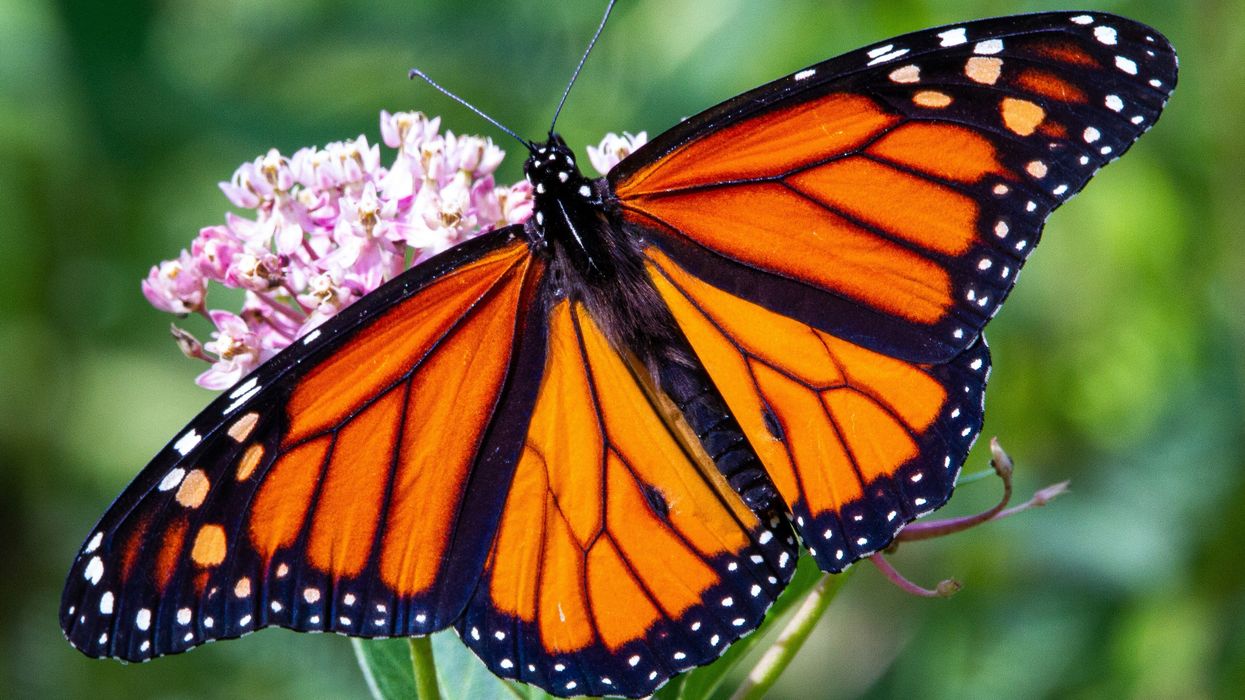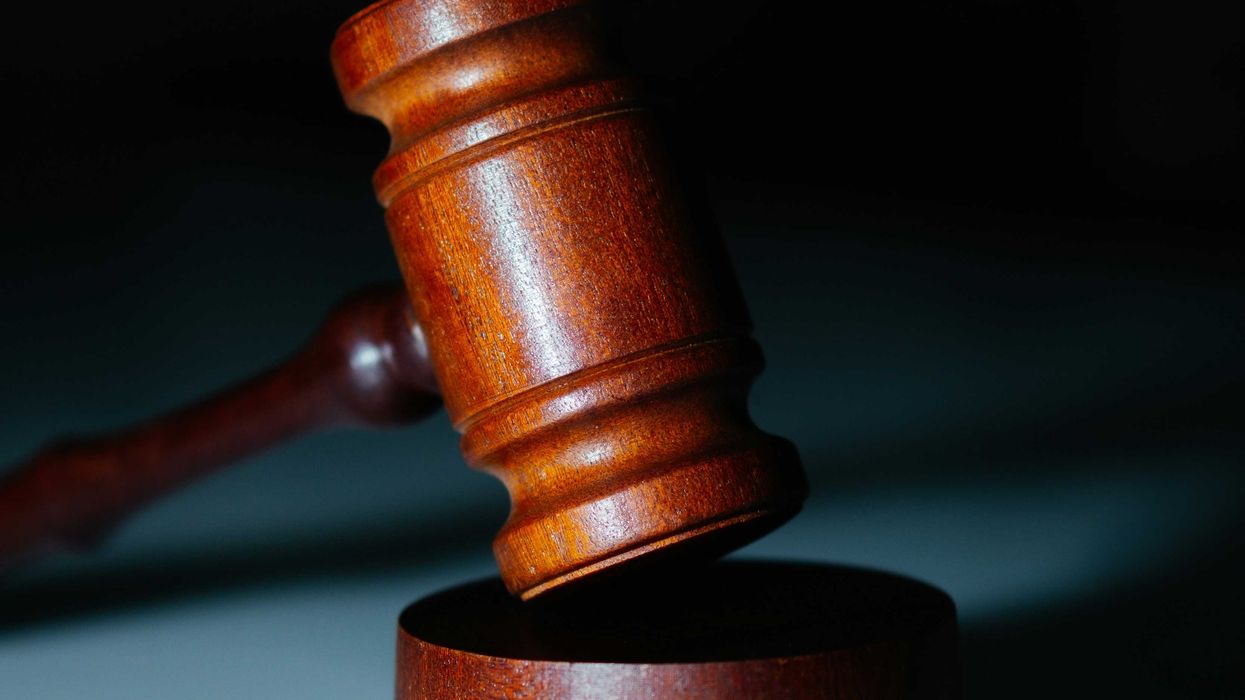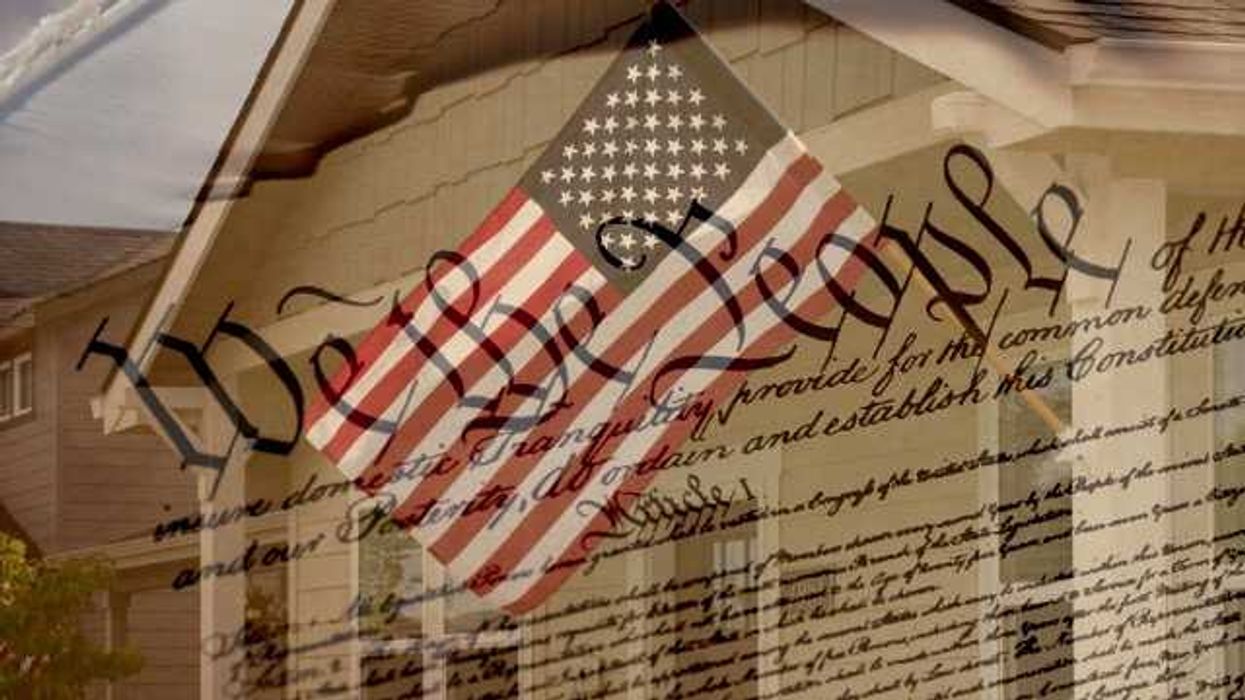The U.S. Fish and Wildlife Service is proposing new protections for the monarch butterfly, a species cherished by many.
They are inviting the public to contribute feedback on the proposal, which aims to classify the butterfly as threatened. This would include specific protections and conservation measures under the Endangered Species Act. Public comments on this initiative will be accepted until March 12, 2025.
After reviewing the feedback and any additional information, the Service will decide on the listing of the monarch butterfly.
“The iconic monarch butterfly is cherished across North America, captivating children and adults throughout its fascinating lifecycle. Despite its fragility, it is remarkably resilient, like many things in nature when we just give them a chance,” said U.S. Fish and Wildlife Service Director Martha Williams. “Science shows that the monarch needs that chance, and this proposed listing invites and builds on unprecedented public participation in shaping monarch conservation efforts."
With its notable orange and black markings, the monarch butterfly is one of the most recognizable insects in the world. In North America, monarchs are grouped into two long-distance migratory populations.
The eastern migratory population is the largest and overwinters in the mountains of central Mexico. The western migratory population primarily overwinters in coastal California. In the 1980s, over 4.5 million western monarchs flocked to overwintering grounds in coastal California. In the mid-1990s, an estimated 380 million eastern monarchs made the long-distance journey to overwintering grounds in Mexico, completing one of the longest insect migrations in the world.
Today, the eastern migratory population is estimated to have declined by approximately 80%. The western migratory population has declined by more than 95% since the 1980s, putting the western populations at greater than 99% chance of extinction by 2080. During this same period, the probability of extinction for eastern monarchs ranges from 56 to 74%, according to the Service’s most recent species status assessment.
“This determination will give new life to our conservation efforts and affirms what the science community has documented for almost three decades, a steady and concerning decline of the species’ populations,” said Dr. Rebeca Quiñonez-Piñón, monarch recovery strategist and director of climate-resilient habitats for the National Wildlife Federation. “With uniquely tailored guidelines for this equally unique species, we can begin to reverse the declining trajectory of the Western and Eastern migratory monarch populations for generations to come.
The rapid decline of this once-widespread species is driven by climate change, ongoing habitat loss and fragmentation, and the unnecessary, excessive use of pesticides, reports Cait Fallon of the National Wildlife Federation.
When a species is listed as threatened under the Endangered Species Act, that means it is likely to become endangered within the foreseeable future if conservation efforts aren't taken. The Endangered Species Act is one of our nation’s most successful, foundational conservation laws and has helped save nearly 99 percent of listed species from extinction.
For more information about the monarch listing proposal and how to help conserve monarch butterflies, please visit: https://www.fws.gov/monarch.












 Shannon Gormley, Rhode Island Public Schools
Shannon Gormley, Rhode Island Public Schools Les Sinclair, Blue Ridge Area Food Bank
Les Sinclair, Blue Ridge Area Food Bank Elena Casillas Hoffman,
Elena Casillas Hoffman, 
 Darrious Hilmon, Executive Director, CAN-TV
Darrious Hilmon, Executive Director, CAN-TV










